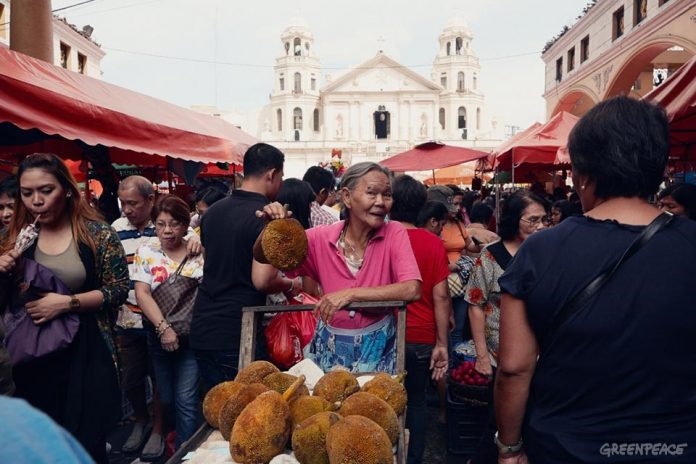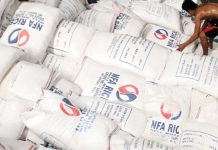
MANILA – Inflation or the rate of increase in the prices of goods and services clocked in at 6.2 percent during the third quarter of 2018, the Bangko Sentral ng Pilipinas (BSP) said Friday.
The third quarter inflation print is faster than the 4.8-percent average posted in the second quarter of the year, and compares with 2.7 percent recorded in the same period last year.
This brought the first nine months average to 5 percent, BSP Officer-in-Charge Maria Almasara Tuaño-Amador said in a press briefing in Manila, noting that “this is higher than the upper end of the National Government’s target range of 3.0 percent ± 1.0 percentage point for the year.”
“Inflation pressures during the review quarter were attributed mainly to rising food and energy prices,” Amador said.
Dennis Bautista, officer-in-charge of BSP’s Economic Research Department said during the same briefing that analysts have noted that inflation in 2018 remains “tilted to the upside …”
The 6.2-percent inflation rate in July to September is also the fastest since the second quarter of 2008 when it came in at 8.3 percent.
Inflation spiked in the third quarter clocking in at 5.7 percent in July, 6.4 percent in August, and 6.7 percent in September. September’s inflation was the fastest in over nine year.
Causes of soaring inflation
“Higher and volatile global oil prices, impact of the implementation of TRAIN law, weakening peso, rise on the food prices and other commodities due to weather adverse condition and supply shortage, and higher interest rates ” were among the causes of soaring inflation, Bautista said.
Analysts also cited upside risks to inflation that include higher wages and transport fares, strong domestic demand during the holiday season and the upcoming mid-term elections in 2019.
Inflation may have may have peaked in the third quarter as prices of heavy-weight commodities such as rice started tapering off with the arrival of imports, said Michael Ricafort, lead economist at Rizal Commercial Banking Corp.
The seasonal strength of the peso due to the influx of remittances during the Christmas season may also help ease inflation as stronger local currency helps reduce the cost of imports, Ricafort noted.
The delayed implementation of the government’s mitigating measures against inflation and higher fiscal spending on infrastructure, as well as the global trade war are also factors exerting inflationary pressures, Bautista noted.
“Real gross domestic product (GDP) expanded by 6.0 percent in Q2 2018, slower than the 6.6-percent expansion registered both in Q1 2017 and Q1 2018,” the central bank said in a separate statement, citing what happens when “domestic demand expands at a slower pace.”
GDP grew by 6.3 percent in the first half of 2018 – below the government’s growth target of 7.0-8.0 percent. (GMA News)







